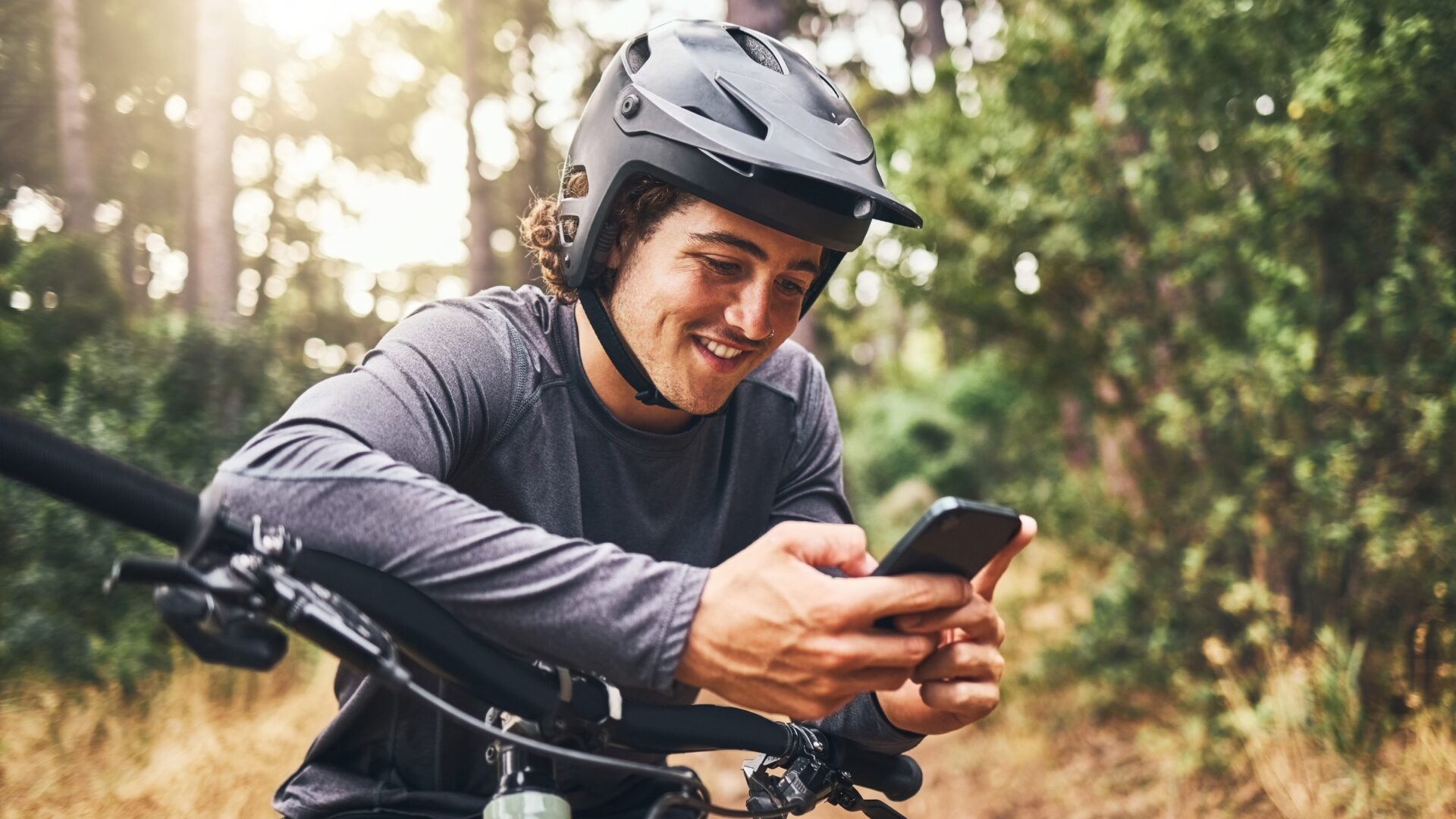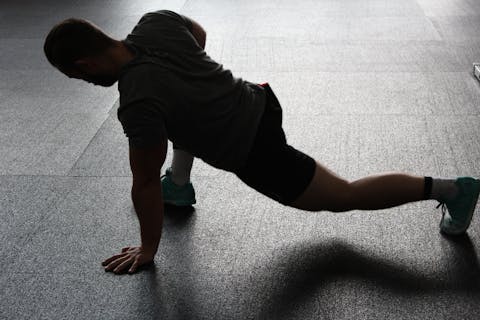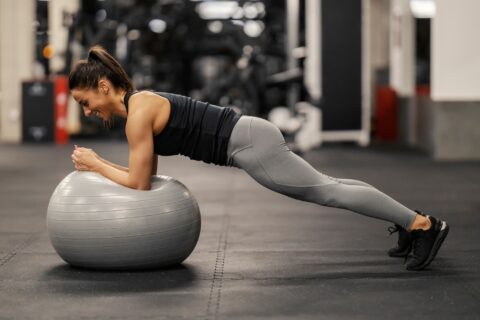This comprehensive guide includes tips and conversation starters to help coaches walk their athletes through this digital Wild West.
This comprehensive guide includes tips and conversation starters to help coaches walk their athletes through this digital Wild West.





